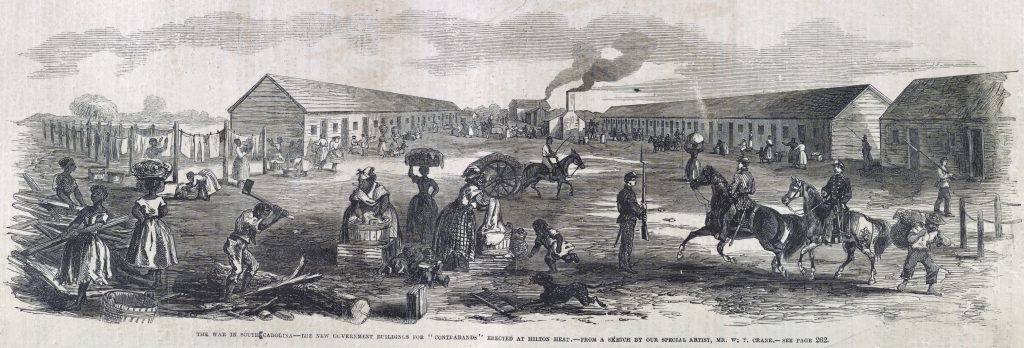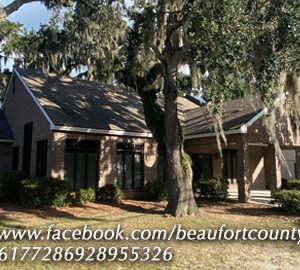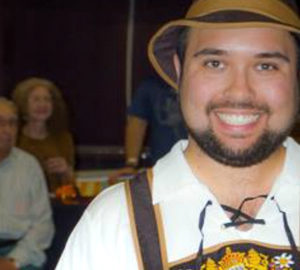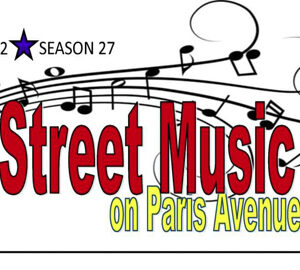The Port Royal Experiment began during the American Civil War and assisted former slaves in successfully working the land abandoned by planters.

In 1861 the Union captured the Sea Islands off the coast of South Carolina and their main harbor, Port Royal. The white residents fled, leaving behind 10,000 black slaves. Several private Northern charity organizations stepped in to help the former slaves become self-sufficient.
The African Americans demonstrated their ability to work the land efficiently and live independently of white control. They assigned themselves daily tasks for cotton growing and spent their extra time cultivating their own crops, fishing and hunting. By selling their surplus crops, the locals acquired small amounts of property.
Among the Northerners who arrived as teachers were Mary Lambert Allen and her husband William Francis Allen from West Newton, MA. William detailed descriptions of their daily life his diaries. He mentions admiration for the hard work ethic of the former slaves, as well as the urgent need for a basic education of which they had been deprived.
In February 1862, a report was made to the Treasury Dept. which gives an indication of the territory held in the Port Royal Experiment:
“An estimate of the number of plantations open to cultivation, and of the persons upon the territory protected by the forces of the United States, if only approximate to the truth, may prove convenient in providing a proper system of administration. The following islands are thus protected, and the estimated number of plantations upon each is given:
Island Plantations:
- Port Royal 65
- Lady’s 30
- Parry, including Horse 6
- Cat 1
- Cane 1
- Datthaw 4
- Coosaw 2
- Morgan 2
- St. Helena 50
- Hilton Head 16
- Pinckney 5
- Bull, including Barratria 2
- Daufuskie 5
- Hutchinson and Fenswick 6
______________________
Total 195“
—E. L. Pierce, The Negroes at Port Royal: Report of E. L. Pierce, Government Agent, to the Hon. Salmon P. Chase, Secretary of the Treasury, 1862
In the summer of 1862, Union troops protecting coastal colonies began to withdraw to reinforce the Union army. Many of the colonies merged. One example was the migration of camps at Edisto Island to St. Helena Island.
Secretary of the Treasury, Salmon P. Chase, established a special education commission and named E. L. Pierce to oversaw the experiment.
The committee sought out teachers, not only to educate the former slaves but also to aid them on how to govern themselves in normal society. The candidate was also responsible for intellectual, moral, and religious instruction.
The Boston Educational Commission for Freedmen was established in response to a call made by E.L. Pierce as a philanthropic organization. Around the same time, the Port Royal Relief Committee of Philadelphia formed. A New York organization united with the Boston organizations to provide relief and education for the former slaves. Many more relief organizations arose in different parts of the country and hundreds of teachers descended all over the South.
The physician, literary scholar and inventor, John Celivergos Zachos published the book, The Phonic Primer and Reader.
The book intended to educate the freed slaves. Zachos, as well as Susan Walker, traveled to Port Royal from Ohio. The Boston and New York Education Commissions sent Zachos to prove that the former slaves could be educated. Zachos spent 16 months at Parris Island. He saw to 400 freed slaves on a plantation, taking on the roles of surgeon, teacher and storekeeper.
Zachos assembled a curriculum to teach the former slaves and studied their ability to learn. The professor realized that older slaves had a hard time because of the years of psychological abuse and torture. Zachos noted it was easier to educate the younger slaves.
The experiment concluded that the technique created during his time at Port Royal was effective enough to teach adults. It was a simple method that used a unique phonic teaching method of teaching English reading by the sounds of letters. This became the Port Royal Experiment.
The Port Royal Experiment initiated a systematic outcry for the education of the freed slaves.
Because of the Experiment, massive numbers of organizations emerged and continued educating the freed people. Roughly two months before the end of the Civil War, the Freedmen’s Bureau was established. Within the next five years, it had established 4239 schools, employed 9307 teachers, and instructed 247,333 students. In 1865 President Andrew Johnson ended the experiment, returning the land to its previous white owners.
On May 16, 1866, a convention held in Cleveland, Ohio, formed the American Freedman’s Union Commission. Many philanthropic organizations merged, becoming part of the American Freedman’s Union Commission with the intention of the proliferation of the education of African-Americans.
From Wikipedia, the free encyclopedia.




